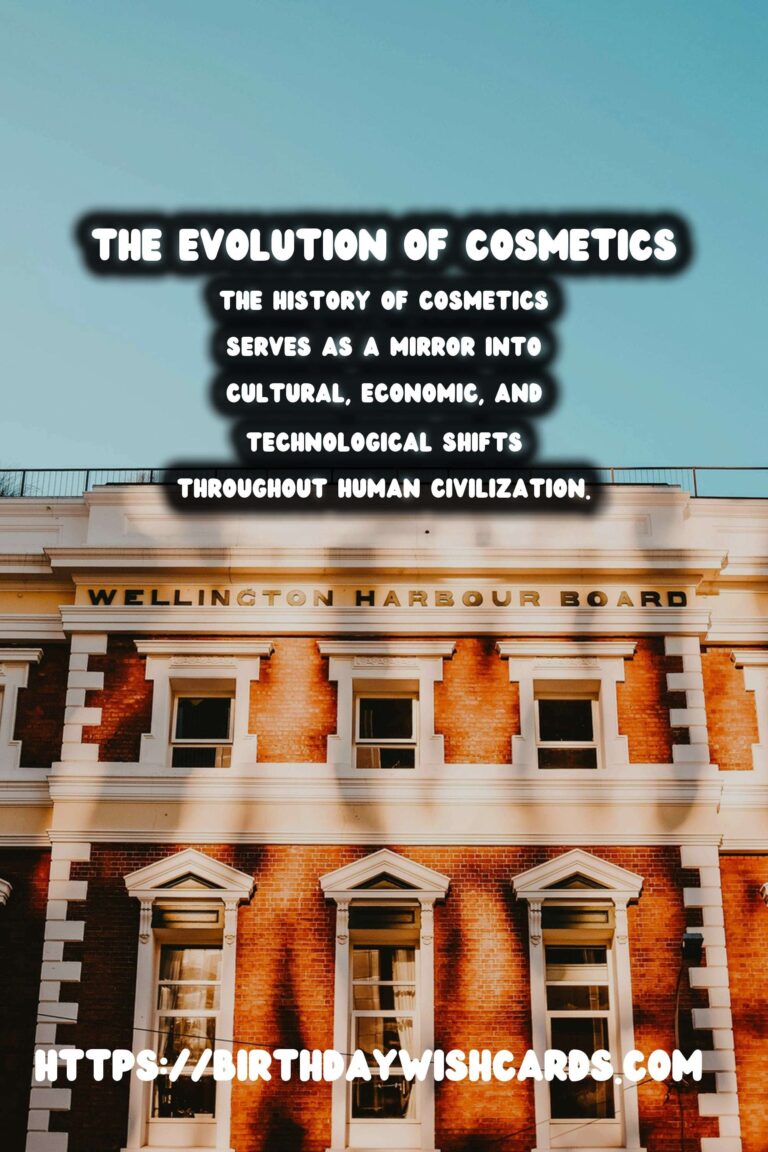
Introduction
Cosmetics have played an essential role in society for centuries, contributing to enhancements in beauty and personal expression. Tracing the history of cosmetics reveals their significant evolution and the cultural contexts that shaped their development.
The Origin in Ancient Rome
In Ancient Rome, the use of cosmetics was widespread among both men and women. Romans valued appearance and used a variety of substances to create beauty products. Notably, they used ‘kohl’ for eye makeup and a mix of red ochre and fat for blush, highlighting the desire for particular aesthetic appearances even in ancient times.
Roman cosmetics were often imported luxury items, sometimes made from highly sought-after ingredients. These components were sourced from various parts of the known world, illustrating early forms of globalization in the beauty trade.
Transition through the Middle Ages
The Middle Ages marked a period where the focus on cosmetics waned, primarily due to religious influences. Despite this, some forms of makeup continued to be used. Pale skin was highly sought after as it represented beauty and social status, achieved through mixtures of lead oxide and vinegar—dangerous practices by today’s health standards.
Evolving beyond aesthetic purposes, cosmetics in this period also included perfumes and ointments, indicating a broadening approach to personal care and hygiene.
The Renaissance Revival
During the Renaissance, cosmetics experienced a resurgence. This era was characterized by a renewed interest in arts and sciences, influencing beauty and fashion significantly. Portraits from this time often depict women with porcelain-like complexions and rosy cheeks, a look achieved with the help of cosmetics now laced with less toxic ingredients.
Beauty standards and cosmetics became increasingly regionalized, influenced by court styles and the burgeoning availability of ingredients from the New World.
19th Century to the Modern Day
The 19th century marked significant transformations in cosmetics manufacturing. The Industrial Revolution brought mass production, making cosmetics more accessible. Notably, the profession of makeup artistry blossomed, forever changing how cosmetics were perceived and used.
With the turn of the 20th century, iconic figures such as Hollywood actresses further shaped beauty standards. The development and marketing of beauty products became a burgeoning industry, creating what is today a multi-billion-dollar market. Modern cosmetics now take into account health, sustainability, and inclusivity, reflecting societal shifts and technological advancements.
Conclusion
The history of cosmetics serves as a mirror into cultural, economic, and technological shifts throughout human civilization. From roots in Ancient Rome to the present day, cosmetics have transitioned from exclusive luxury items to everyday staples, each era maintaining unique influences that continue to shape beauty standards and industry trends worldwide.
Cosmetics have played an essential role in society for centuries, contributing to enhancements in beauty and personal expression. The history of cosmetics serves as a mirror into cultural, economic, and technological shifts throughout human civilization. 
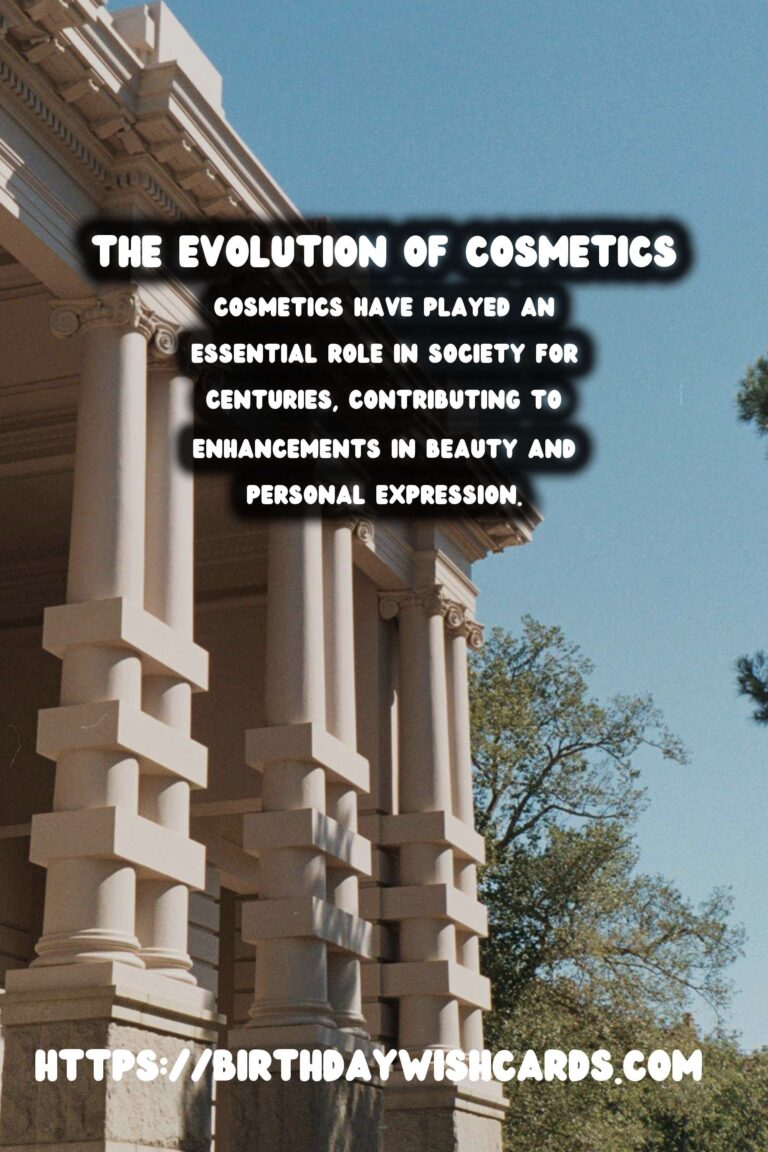
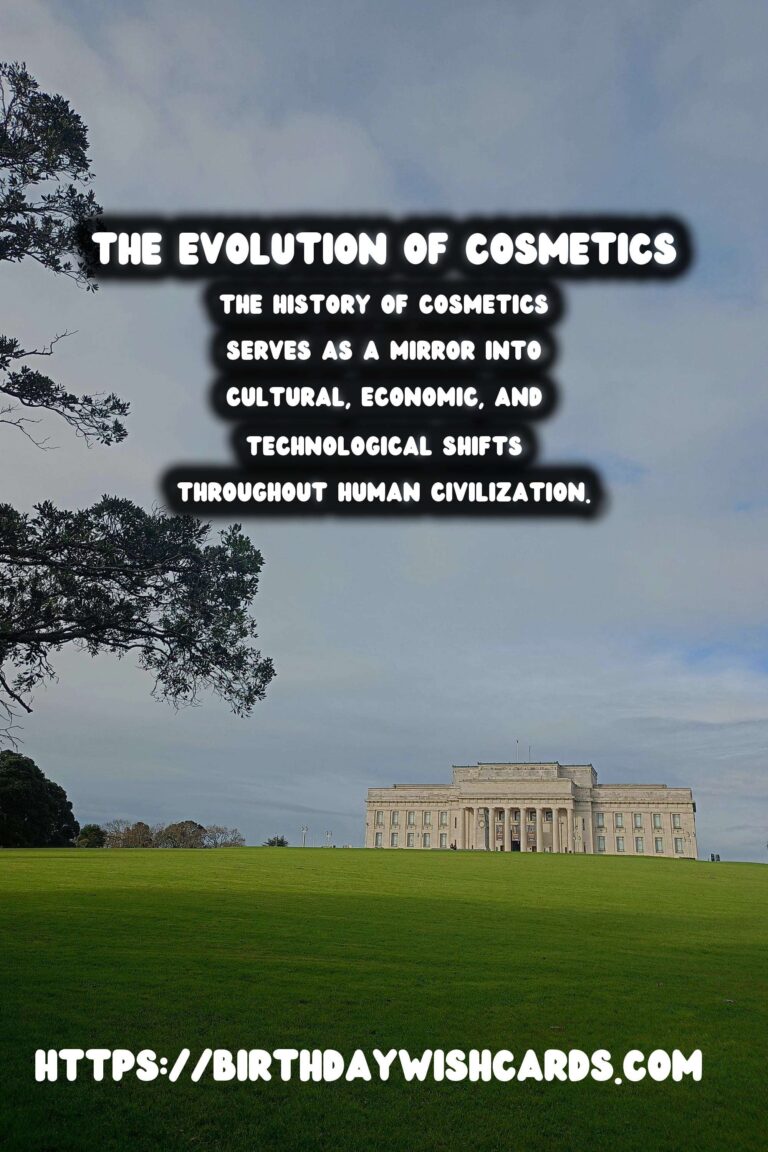
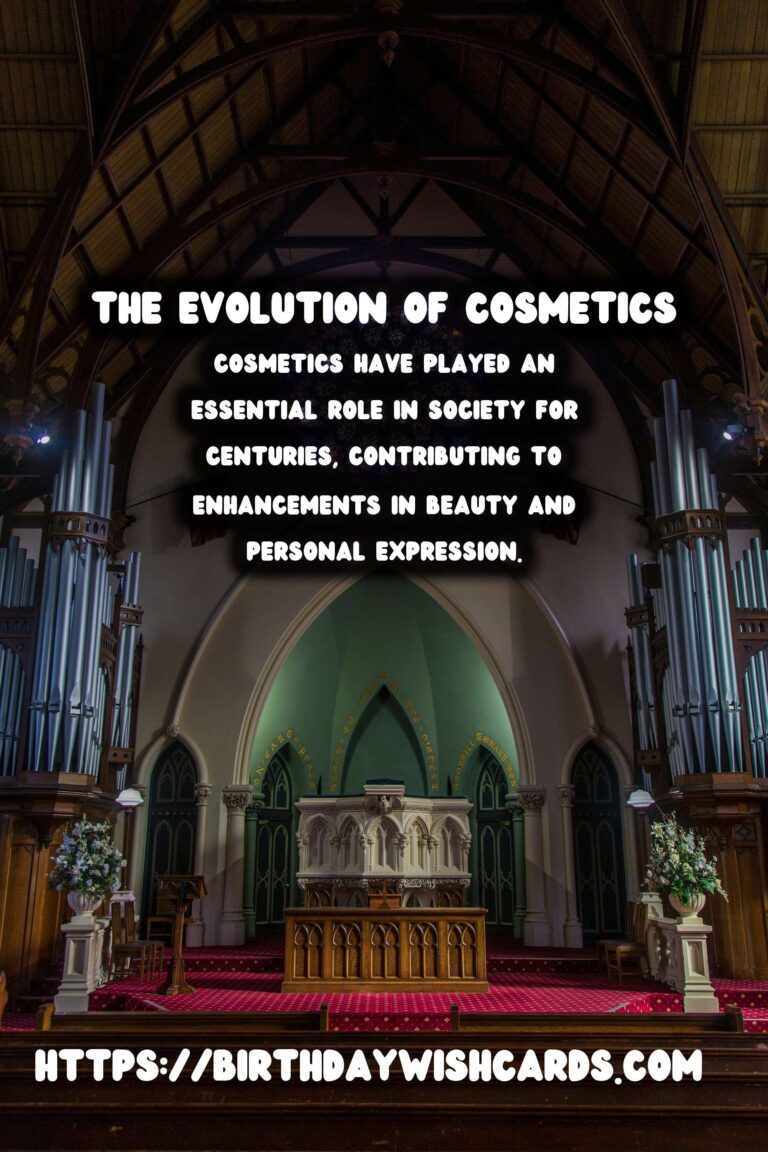
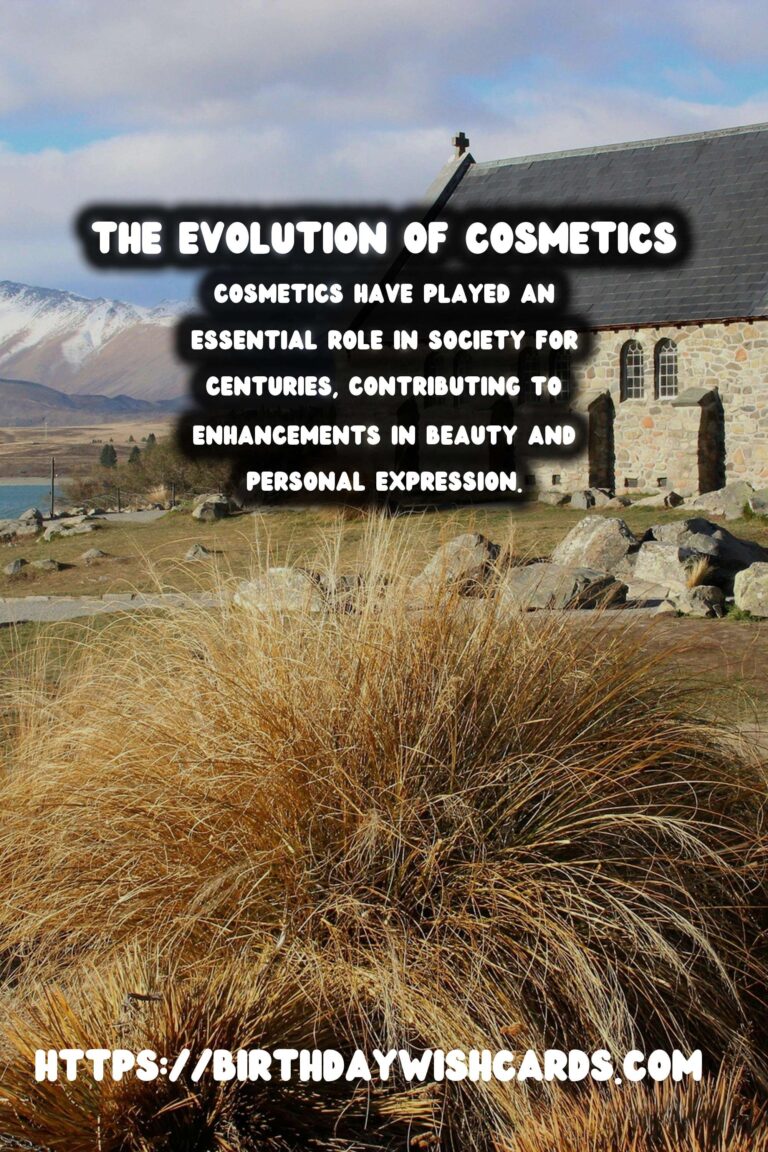
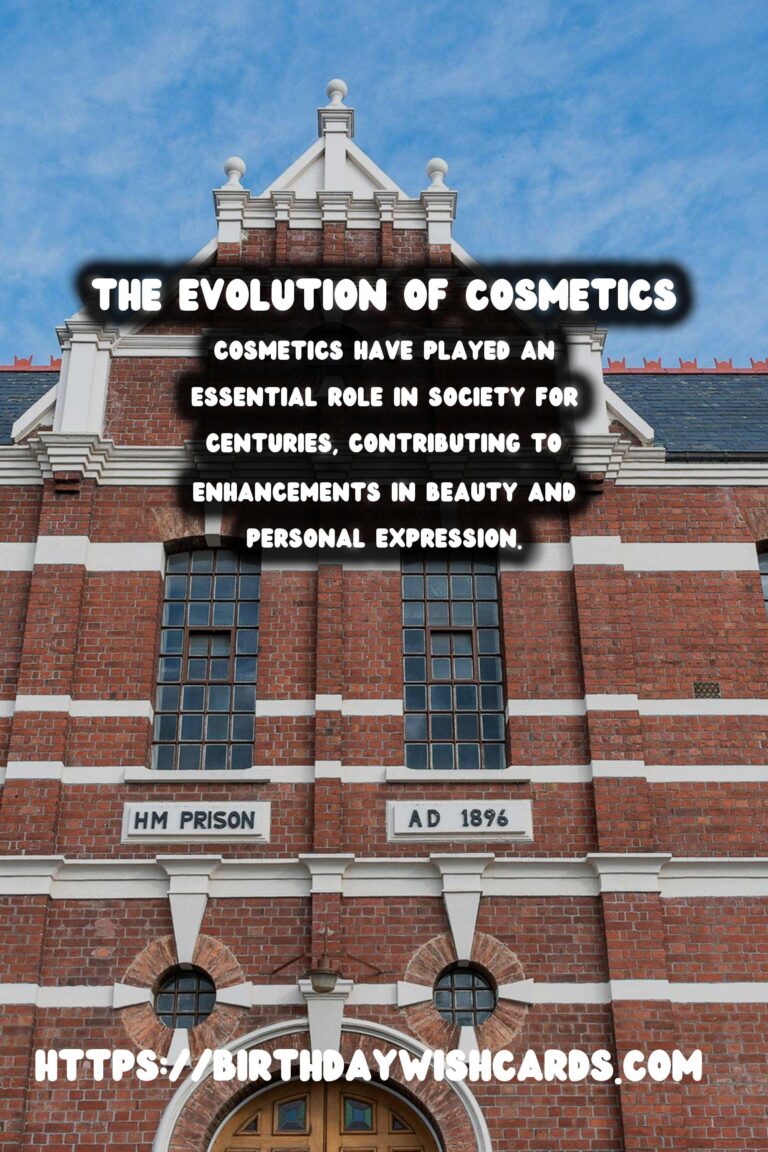
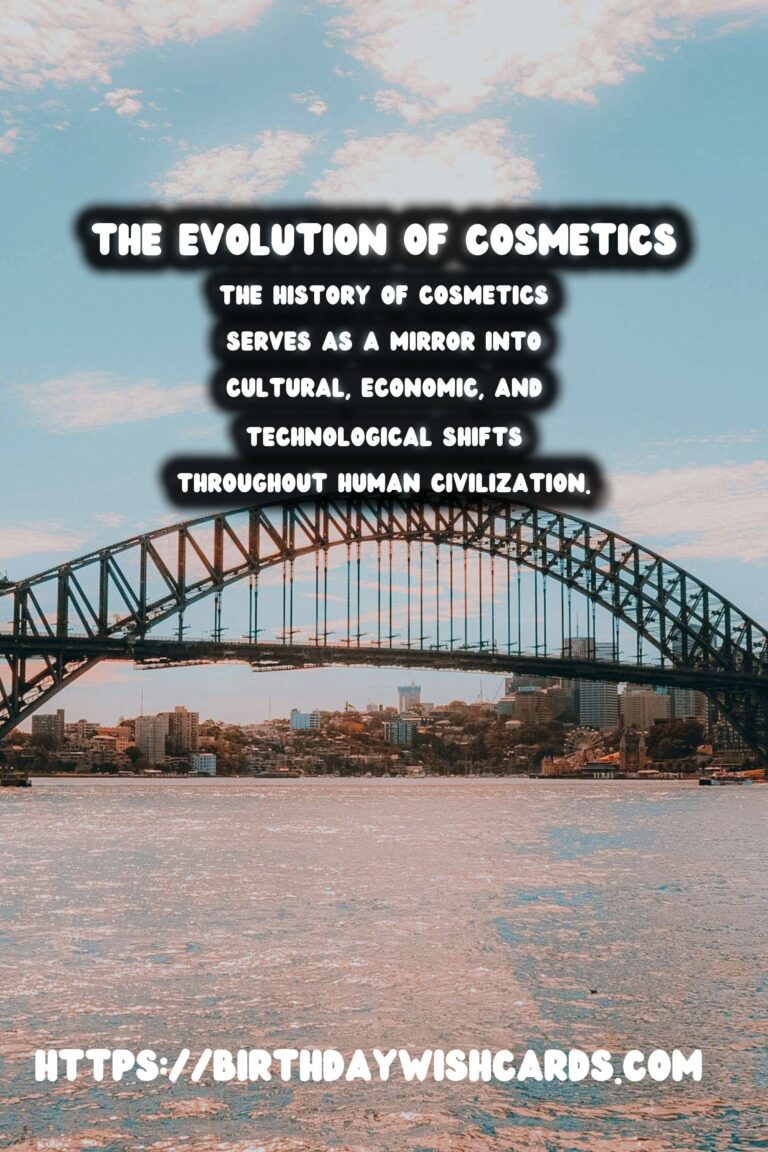
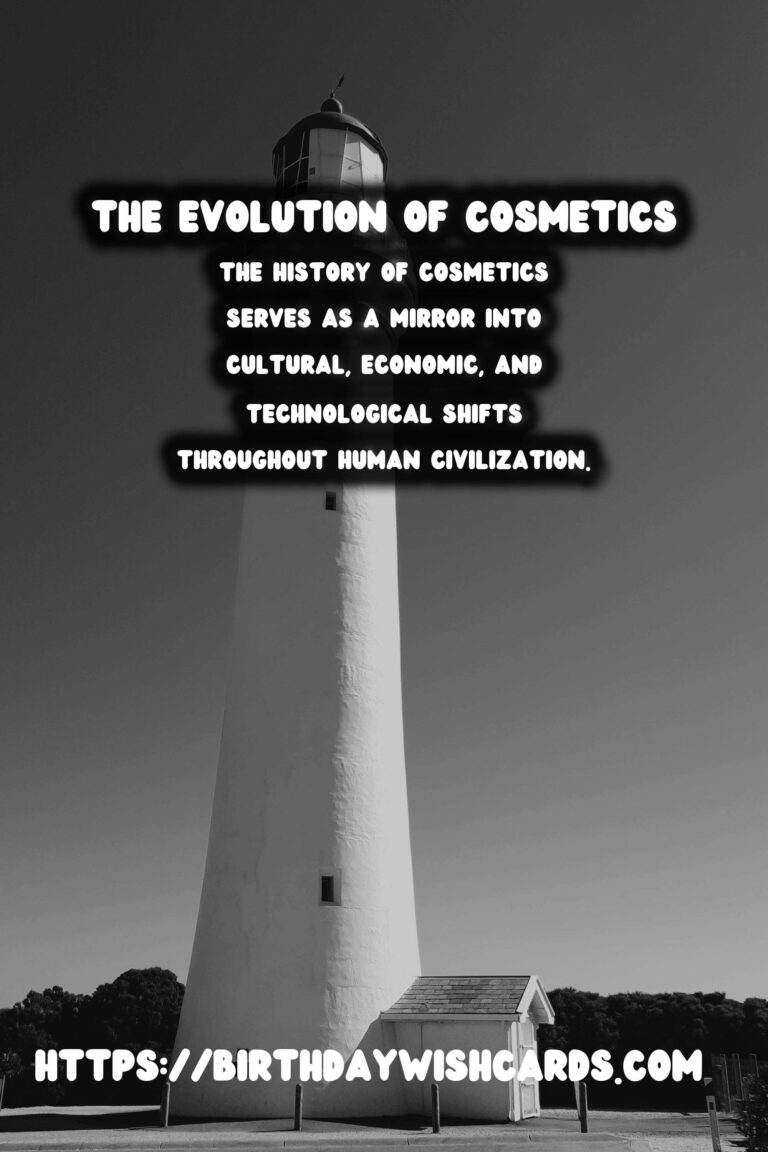
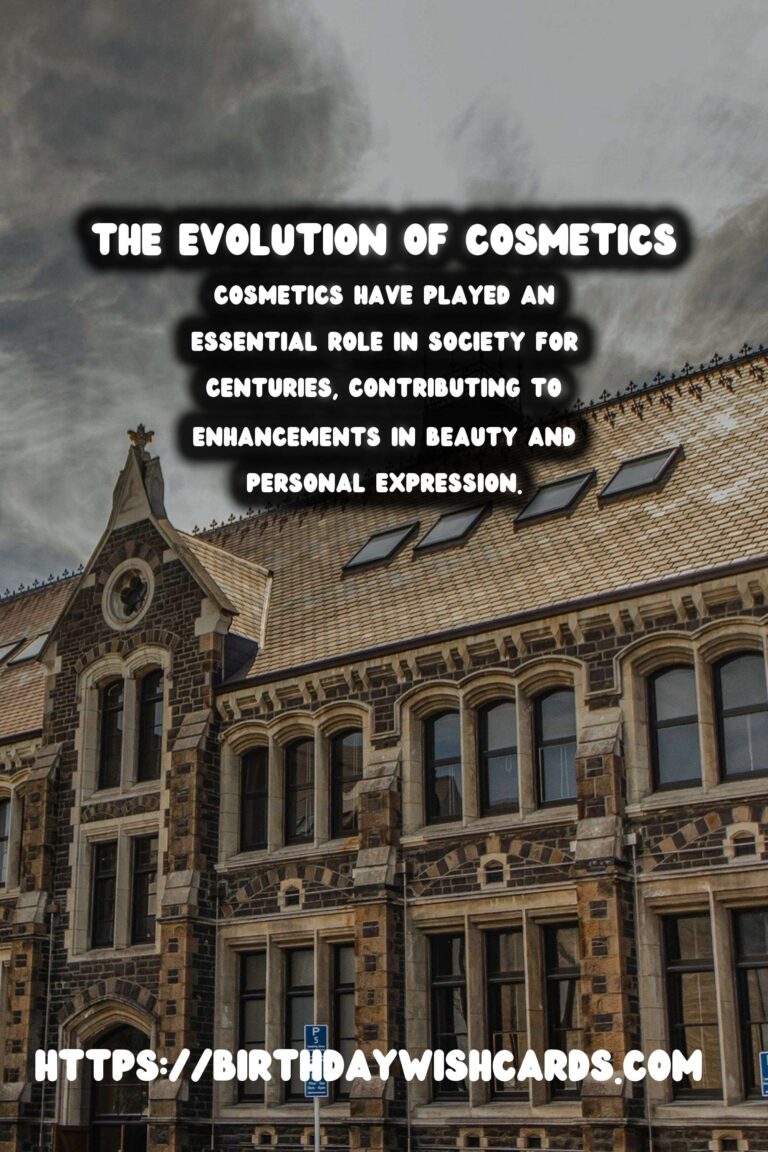
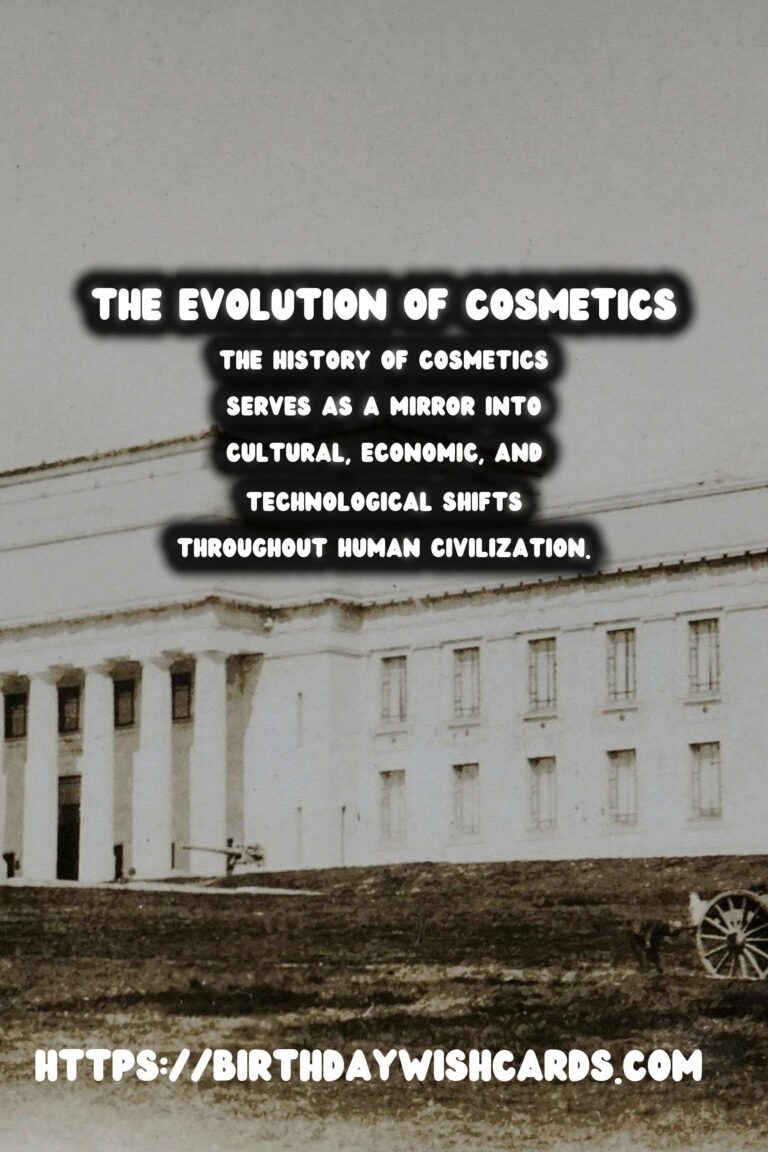
#CosmeticsHistory #BeautyEvolution




